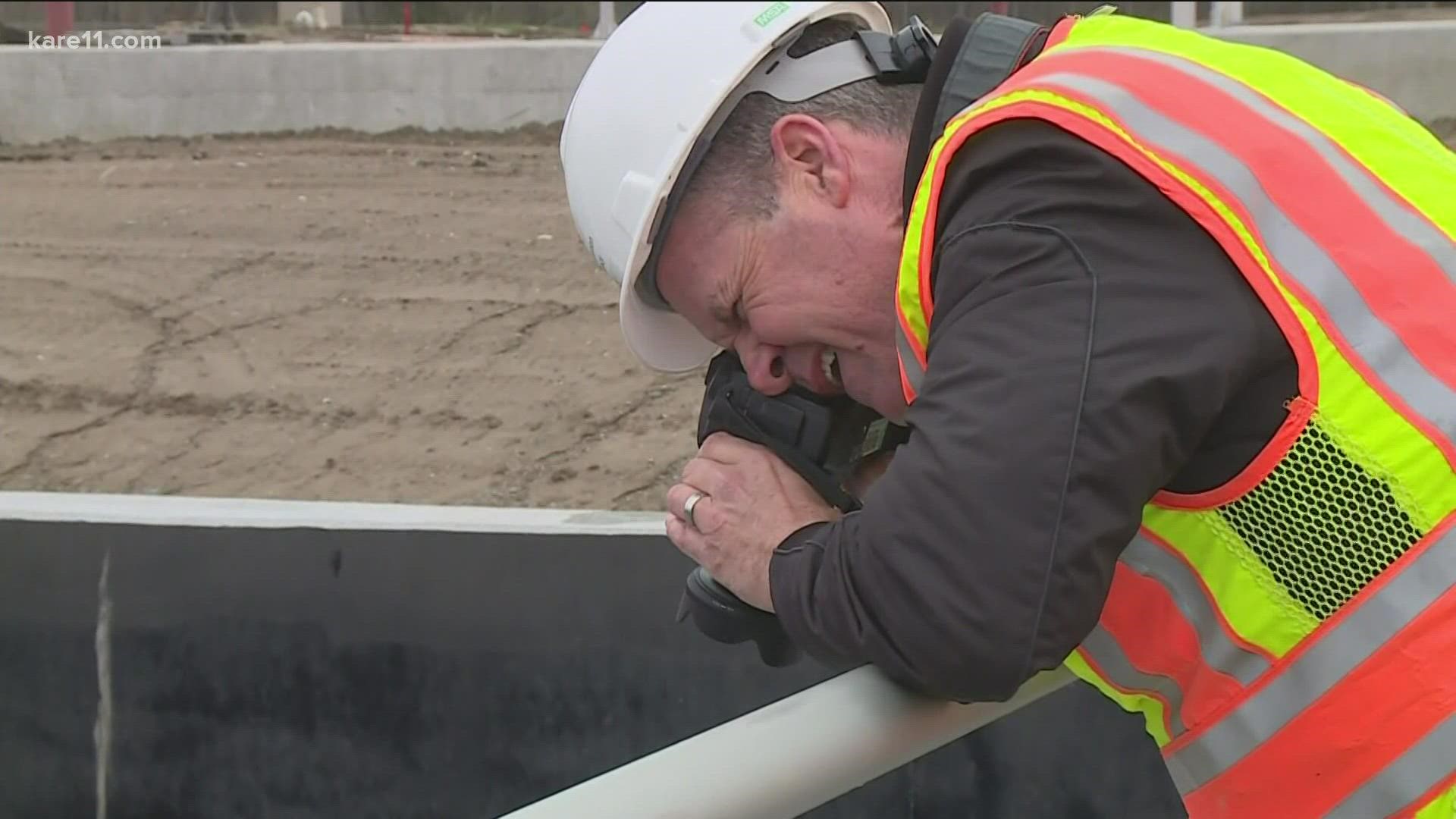ST PAUL, Minn. — The hunt for "forever chemicals" in Minnesota's environment will expand in 2022, to include sampling at some industrial sites across the state.
The Minnesota Pollution Control Agency on Tuesday released the draft version of its PFAS Monitoring Plan, as part of an accelerated effort to detect the sources of those chemicals before they get swept into the state's water, air and soil.
"We do have plenty of opportunities right now to reduce the amount of new PFAS releases into the environment. That’s why we think is monitoring so important," Sophie Greene, the MPCA's PFAS director, told KARE.
PFAS is the acronym for a group of per-fluoroalkyl and polyfluoroalkyl substances. They are used in a variety of products including fabric treatments, non-stick cookware and fast-food packaging.
They've been on the agency's radar for quite some time, due to PFAS contamination in ground water linked to 3M chemical dump sites. Testing and remediation efforts are currently underway, funded in part by a legal settlement between the state and 3M.
But the proposed monitoring plan is an effort to get a handle on PFAS across the state, particularly in industries and settings where those chemicals have been used in the past or are being inadvertently introduced to the environment.
"This monitoring plan represents a comprehensive and holistic look at all the different places where we believe there’s a high risk for PFAS to be currently being released into the environment," Greene explained.
Some of the types of industrial sites singled out in the plan are chrome plating facilities and car shredders. Greene said the vehicles being chewed up by those machines contain upholstery that was once treated with water-resistant and stain-resistant chemicals.
"We’ve seen in other states when they look at groundwater surrounding these shredders, they’re seeing PFAS impacts," she explained.
"They think when they shred the car into small pieces, they can mobilize the PFAS out of the fabric, and it can move via storm water into the surrounding environment."
Airports that use fire suppression foam will also be monitored because many of those foam products were originally made with PFAS chemicals.
"We’re seeing an increasing number of facilities switch over to using chlorine-free firefighting foams which don’t contain PFAS," Greene said.
"In the past, those firefighting foams were very highly concentrated with what we call legacy PFAS -- PFOA and PFOS. Some foams being used today still contain those substances, and others contain other PFAS."
Roughly 90 wastewater treatment plants across the state will also be monitored as well
Affected industries will be asked to use monitoring equipment approved by the state and submit samples at least three times per year in the spring, summer and fall.
Federal authorities are closely watching this group of chemicals. Scientific studies suggest links to a variety of health impacts, ranging from developmental problems in children to some types of cancers in adults.
Research continues on how too much direct exposure to PFAS chemicals can cause adverse health effects, but the persistent nature of these compounds has spurred action by regulators. They can be passed through water to fish, and from fish to the humans that eat them. They can also be absorbed by edible plants and ingested by people.
MPCA Public Comment form -- This link will take you to the agency's PFAS monitor page, where you can read the report and post a public comment for regulators to read.
The plan will be finalized in 2020 after the public comment period has ended and revisions are made.

